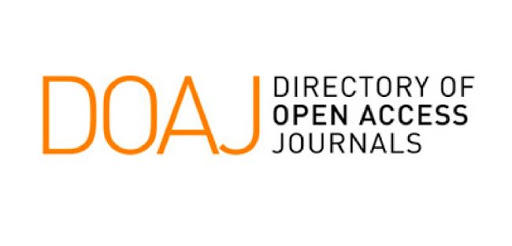Paper ID : SMJ1612225612533 | View : 28

Abstract : Indonesia is a country that is prone to natural disasters due to earthquakes. The losses due to the disaster reached more than 150 trillion. The earthquake disaster that occurred in several areas such as Lombok at that time claimed a mass death of more than 500 victims and in Palu 4 times more. Efforts during the emergency response and the delay in helping victims and medical personnel who were victims of damaged and non-functioning health infrastructure added to the severity of disaster management due to earthquakes, tsunamis and even liquefaction. The purpose of this study is to find out a literature review related to how the earthquake disaster emergency response management is based on the process input and output systems that occur. The focus of this analysis includes samples, design, theoretical framework, earthquake emergency response management, validity, Results show, In general the emergency response process includes 1) emergency alert, 2) rapid assessment, 3) determination of emergency status, 4) Search and Rescue,5) search, rescue and evacuation (PPE), 6) Response and assistance (Response and Relief), and 7) assessment for rehabilitation and reconstruction. Disaster management during an emergency response is a synergy between the fulfillment of human resources, health services, medicines and supplies and the role of the government and related non-government roles regulated in disaster management regulations by the health crisis center.










